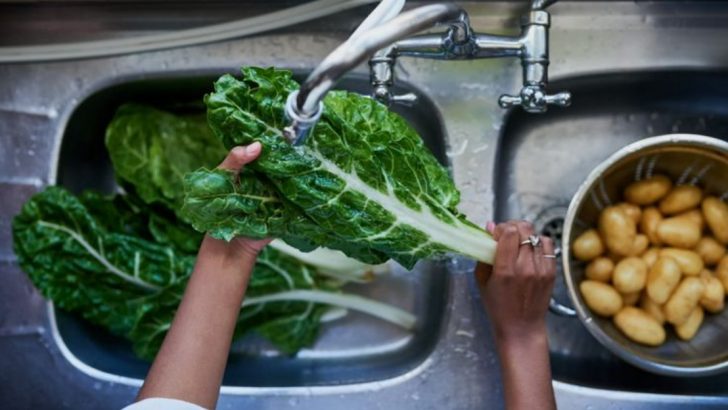We all love that crisp bite of a freshly rinsed apple or the snap of a clean carrot. But washing produce isn’t just about getting rid of a little dirt—it’s a science and a ritual, with plenty of room for error.
A few wrong moves, and you might be biting into bacteria, not just basil. Let’s clean up your routine with some fun (and a little bit of tough love).
1. Skipping The Wash On “Pre-Washed” Produce
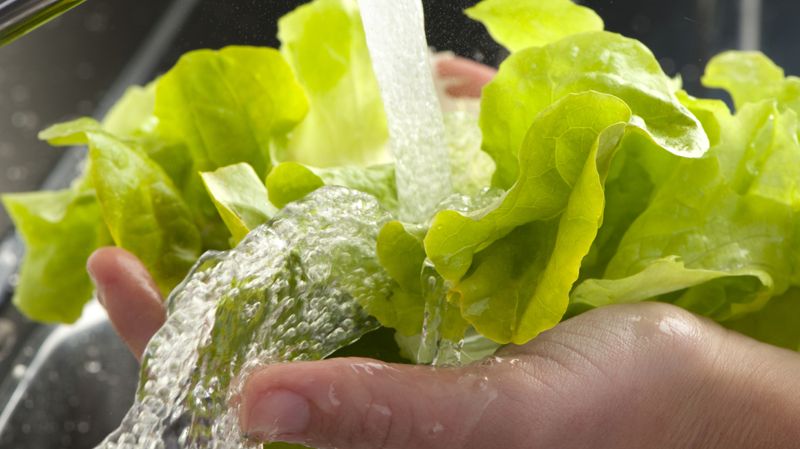
Yes, the bag says it’s clean. No, that doesn’t mean it’s safe straight out of the package.
Bacteria can still linger, especially if it’s been opened or stored too long, so give it a second rinse and sleep better at night.
2. Using Soap Or Detergent
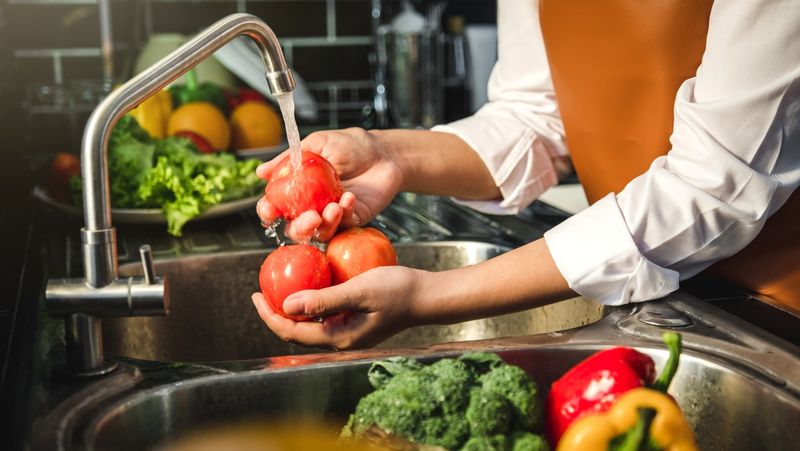
Your veggies are not dishes, and they don’t need Dawn. Soap leaves behind residue that’s not meant to be digested, no matter how natural it smells.
Just cool water and maybe a brush will do more than enough.
3. Not Washing Produce Before Peeling
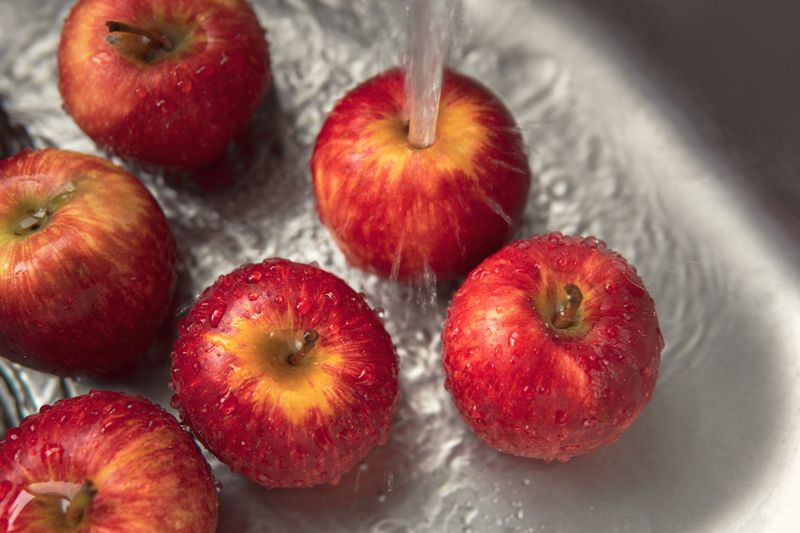
Peel-first people, you’re dragging dirt across the part you eat. Those tiny knives can transfer germs straight into the flesh of your fruit.
A quick rinse beforehand makes all the difference.
4. Rinsing With Hot Water
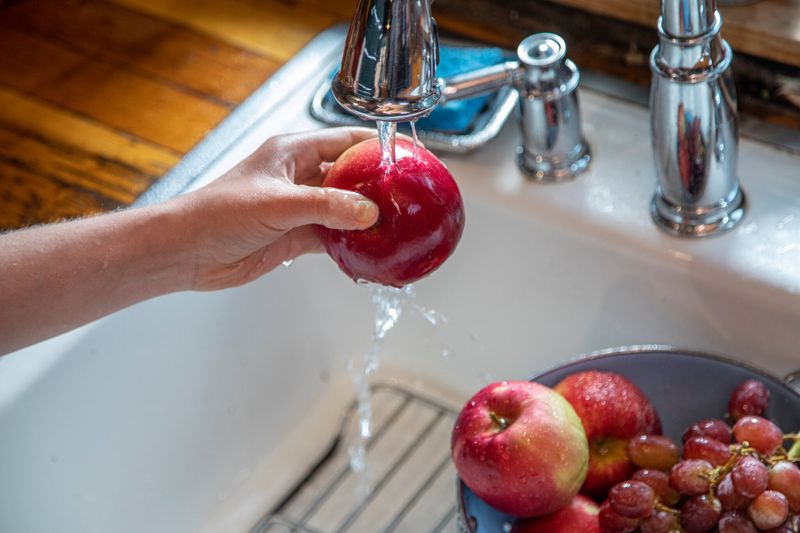
Hot water opens the pores of produce, letting bacteria sneak inside. It might also start cooking delicate greens before you’re ready.
Stick to cool or lukewarm water and keep things fresh and crisp.
5. Ignoring Firm Produce Like Apples Or Potatoes
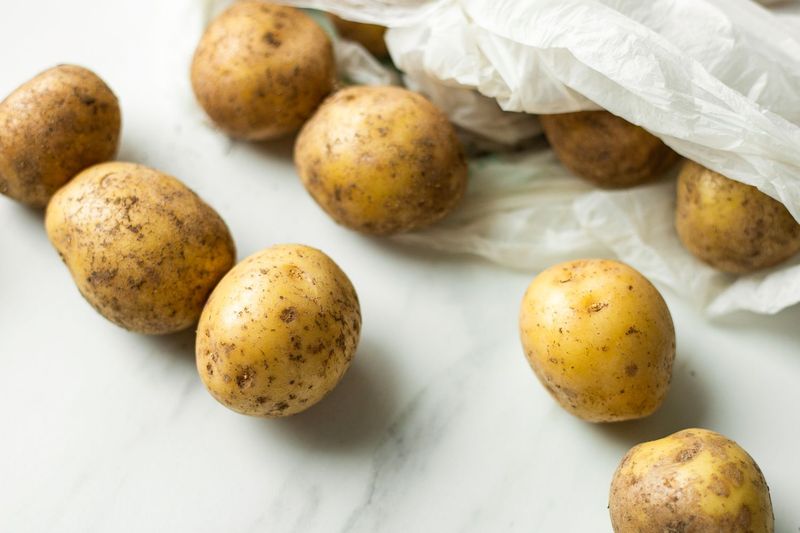
Just because it looks clean doesn’t mean it is. Potatoes come from dirt and apples from trees touched by who-knows-what.
A firm scrub is your best friend here.
6. Washing Berries Too Early
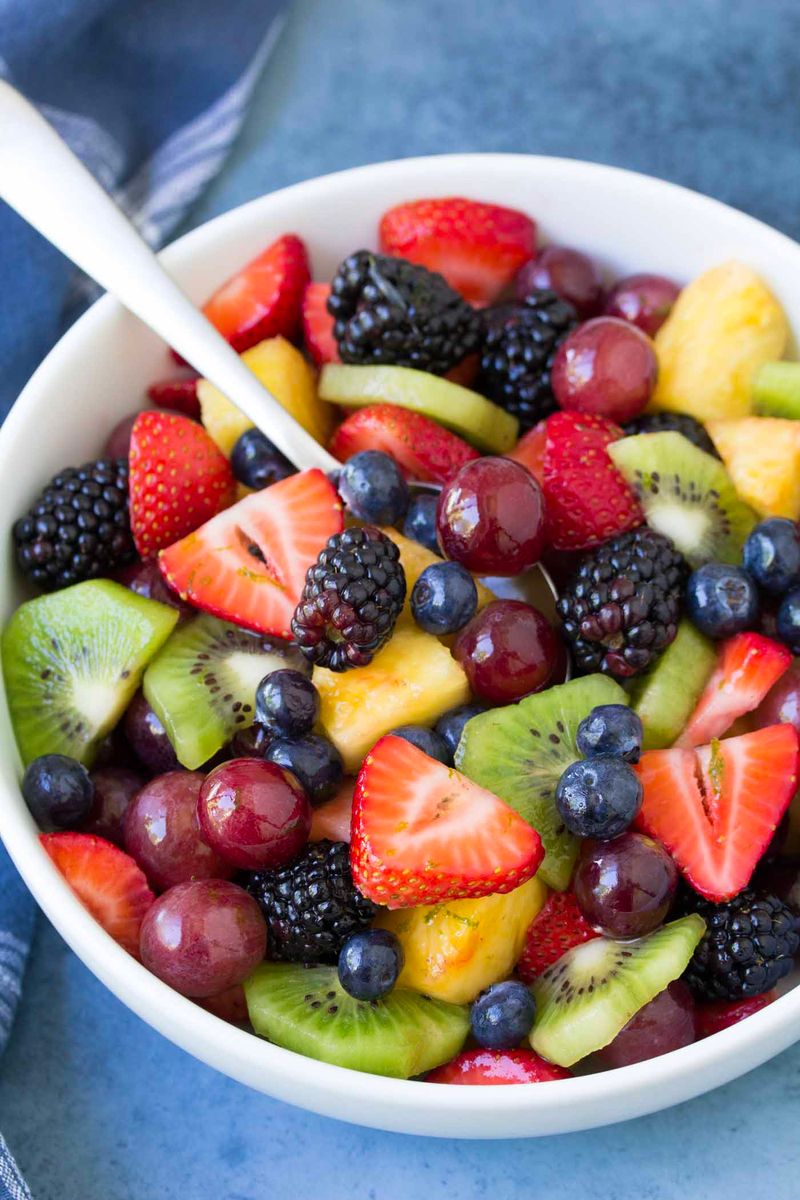
If you rinse berries before storing, get ready for moldy heartbreak. Their delicate skins absorb moisture fast, making them spoil quicker.
Wash just before eating to keep that bright, juicy pop.
7. Using Dirty Or Contaminated Sponges

A sponge that’s cleaned yesterday’s dishes shouldn’t touch your food. Cross-contamination is sneaky and quick.
Use a clean colander or dedicated produce brush instead—it’s worth it.
8. Not Drying Produce Properly
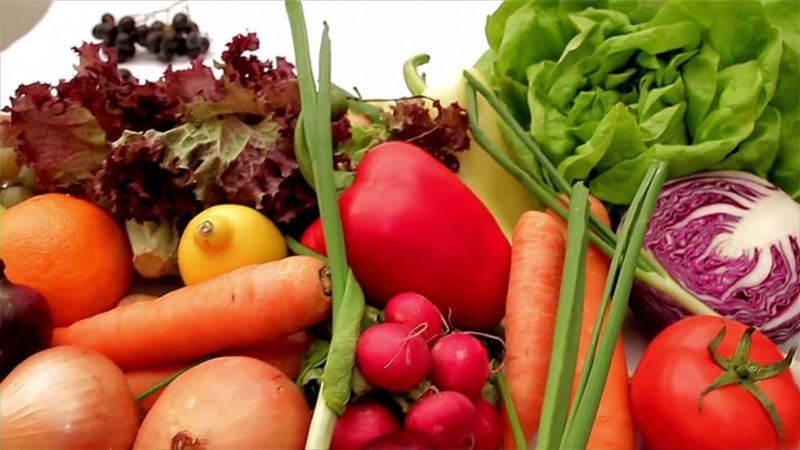
Wet leaves wilt, soggy mushrooms get slimy, and nobody likes a dripping tomato. After rinsing, pat gently with a clean towel or spin it dry.
It helps extend freshness and prevents unwanted fridge funk.
9. Forgetting To Wash Organic Produce

Organic doesn’t mean dirt-free or bacteria-free. Pesticides may be absent, but soil, bugs, and hands are still part of the story.
Give it the same care you would any conventionally grown veggie.
10. Letting Produce Sit In Dirty Water
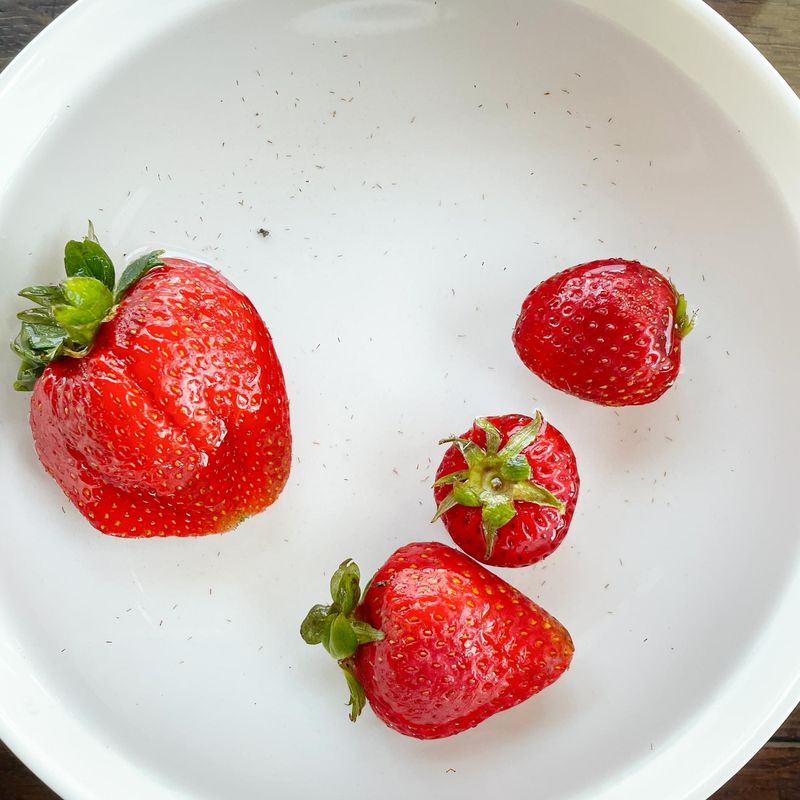
Soaking is great—until the water gets grimy. Sitting produce in murky water just moves the dirt around instead of removing it.
Rinse under running water or change out your soak regularly.
11. Overcrowding The Sink
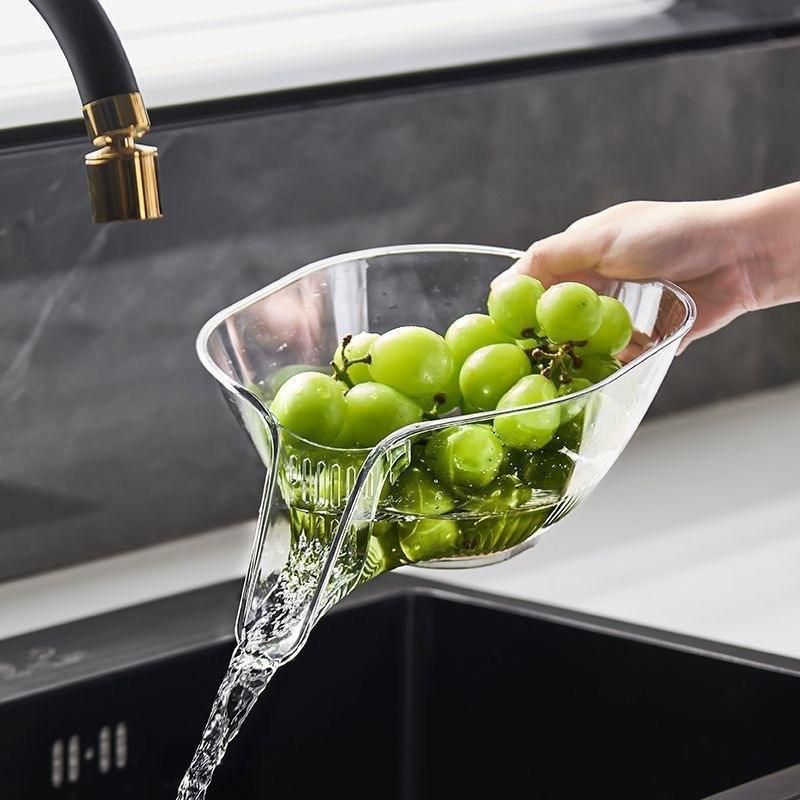
When you pile everything in at once, nothing gets fully clean. Dirt transfers between items, and scrubbing becomes impossible.
Give your veggies some breathing room and wash in small batches.
12. Not Scrubbing Root Vegetables
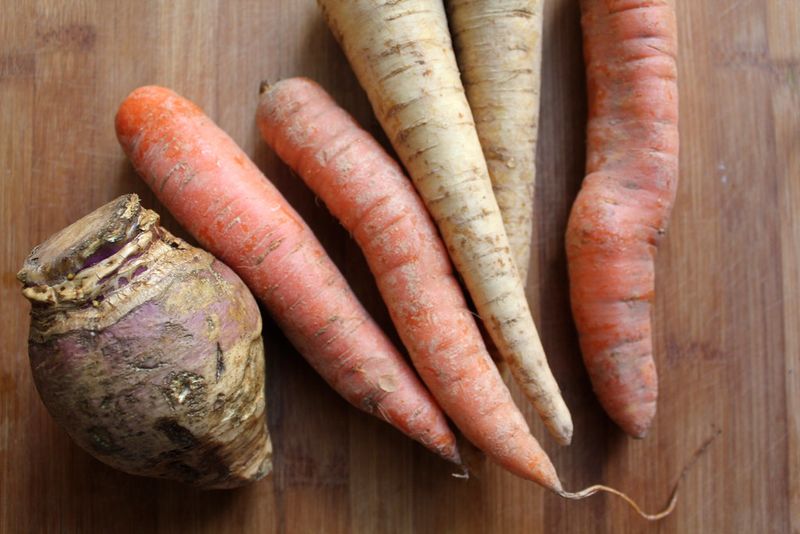
Carrots, radishes, and beets love to cling to soil. A quick rinse won’t cut it—you need a stiff brush or even a bit of elbow grease.
Once you try it, the bright color underneath is wildly satisfying.
13. Washing Leafy Greens The Wrong Way
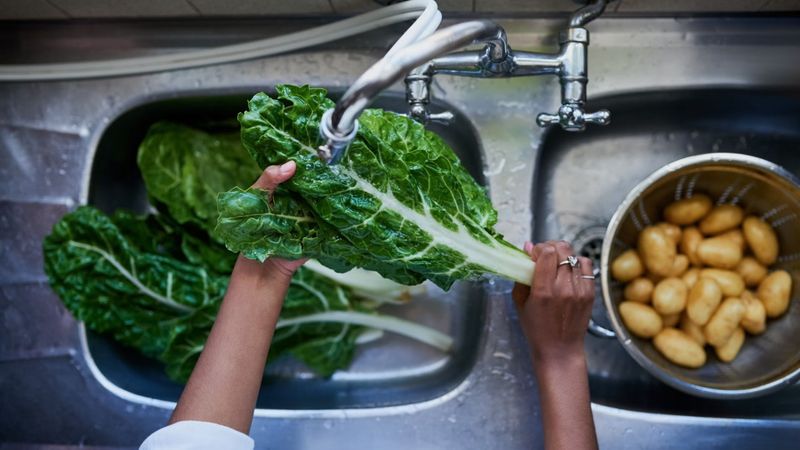
Swishing isn’t enough for spinach that’s clinging to sand like its life depends on it. Use a salad spinner or dunk multiple times in fresh water to get it truly clean.
You’ll taste the difference.
14. Skipping A Produce Brush When Needed
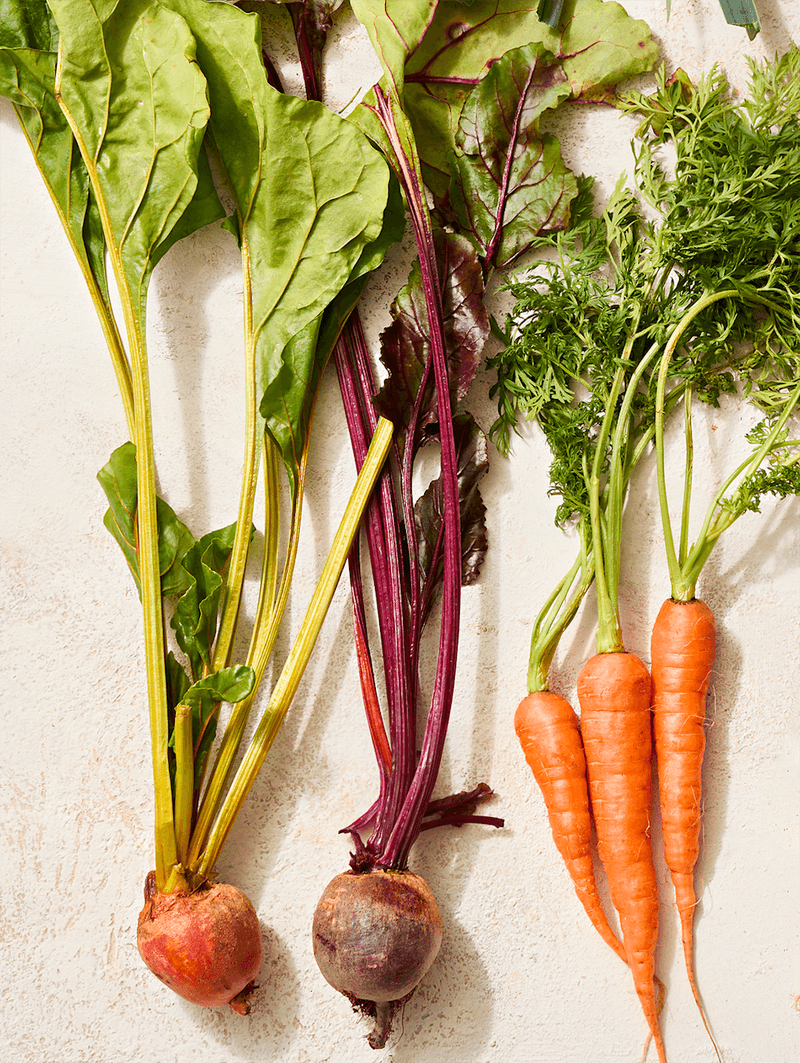
Some fruits and veggies just need that scrub—especially cantaloupes and cucumbers with textured skins.
A quick brush removes wax, dirt, and more than a rinse ever could. It’s a cheap tool with big results.
15. Storing Wet Produce Without Drying
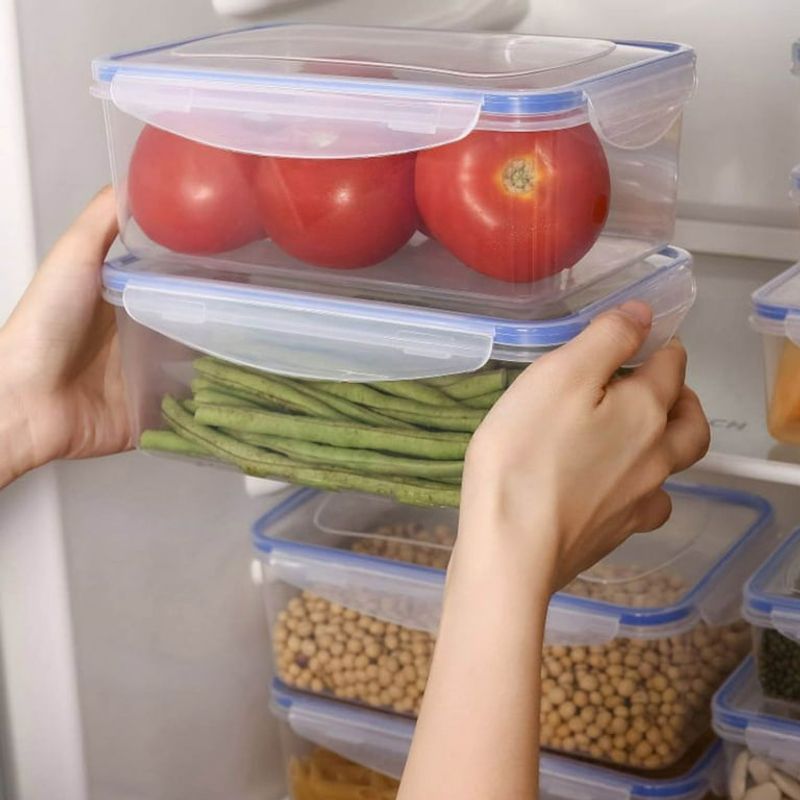
Storing wet produce invites mold and spoilage. Make sure to dry items well before refrigerating. This keeps them fresh longer and reduces waste.
Use a salad spinner or towels to remove excess moisture. Proper storage practices maintain flavor and quality.

